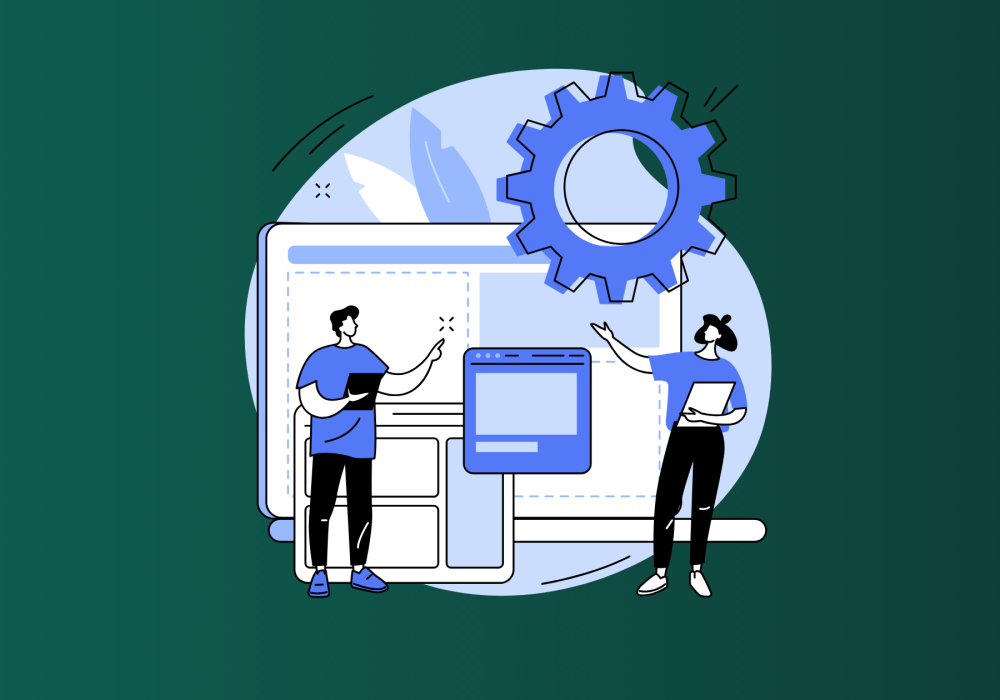Table of Contents
Toggle2024's Hottest Website Design Trends You Need to Know!
In the fast-paced world of digital design, trends come and go—but the ones that stick can redefine how users interact with the web. As we step into 2024, web design is transforming faster than ever, blending aesthetics with powerful new technologies. From AI-driven personalization to immersive dark modes, the latest trends aren’t just about looking good; they’re about creating seamless, engaging, and intuitive experiences for every visitor.
In this blog, we’ll dive into the top five web design trends that are making waves this year. Whether you’re a designer, a business owner, or a tech enthusiast, these trends will keep you ahead of the curve and inspire you to rethink what your website can offer. Ready to explore what’s shaping the future of web design? Let’s get started!
1. AI-Enhanced Personalization
As artificial intelligence (AI) continues to advance, it’s transforming web design by enabling highly personalized user experiences. In 2024, AI-powered websites are moving beyond one-size-fits-all layouts, delivering content, product recommendations, and even visuals tailored specifically to each visitor’s preferences and behaviors.
AI can track user interactions and predict what content or products will be most relevant, making every visit feel unique. This kind of personalization isn’t just a nice-to-have; it can increase engagement, improve conversion rates, and create a more satisfying experience for users.
Examples of AI-Enhanced Personalization:
- Dynamic Content: Personalized homepage layouts based on previous visits or preferences, such as those showcased by Amazon and Netflix.
- Smart Recommendations: Similar to e-commerce recommendations on Etsy or personalized content on news sites like BBC.
- Predictive Search: Search tools like Google’s predictive search allow users to find relevant content more efficiently.

Why It Matters: Users expect more personalized, relevant experiences, and AI-powered personalization allows websites to deliver just that. This trend goes beyond simply looking good; it’s about meeting visitors’ needs and preferences in real time.
2. Dark Mode and High-Contrast Themes
Dark mode has been trending for a few years, but in 2024, it’s becoming a mainstay. With users increasingly opting for dark mode options on their devices, websites are following suit by offering immersive dark themes and high-contrast options that don’t just look sleek—they’re easier on the eyes, especially in low-light environments.
Examples of Dark Mode and High-Contrast Themes:
- Popular Sites: Many major platforms, like Spotify and YouTube, have adopted dark mode as a default option, reflecting a growing user preference.
- Accessibility Boost: High-contrast themes make websites more accessible for visually impaired users, as explained by WebAIM’s accessibility resources.
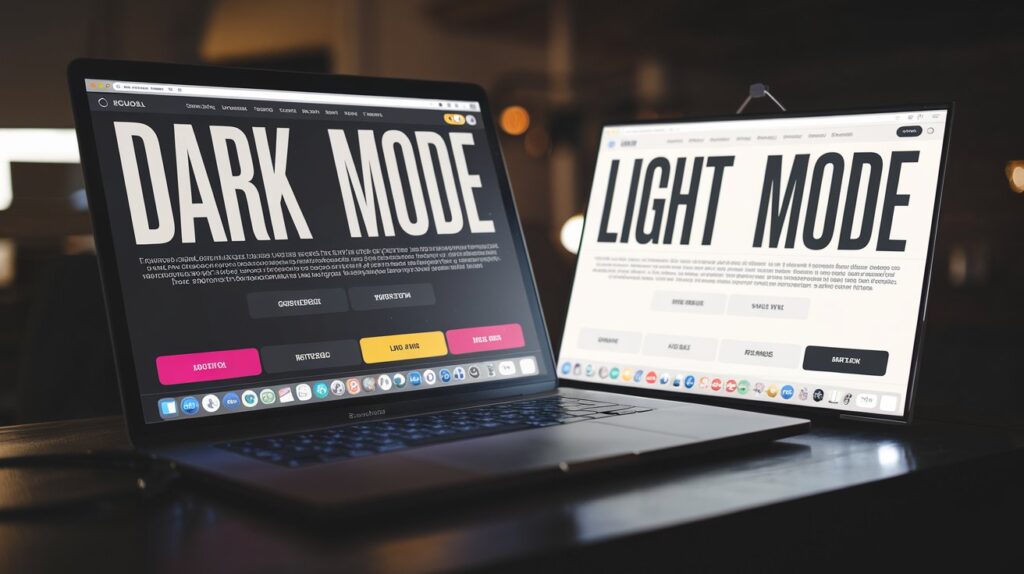
Why It Matters: Dark mode and high-contrast themes create a modern, visually striking experience while reducing eye strain. They’re functional and aesthetically pleasing, appealing to both design enthusiasts and everyday users.
3. Micro-Interactions and Animations
Micro-interactions have become essential in modern web design, adding subtle but impactful animations and effects to improve user engagement. These small interactions—such as buttons changing color on hover, images zooming when clicked, or gentle loading animations—make websites feel more interactive and enjoyable.
Examples of Micro-Interactions:
- Button Animations: Websites like Airbnb use button animations that subtly change color or size when hovered over.
- Progress Indicators: Loading animations on sites like Medium reassure users that the page is responsive.
- Image Hover Effects: Check out Behance for creative image hover effects that enhance content exploration.
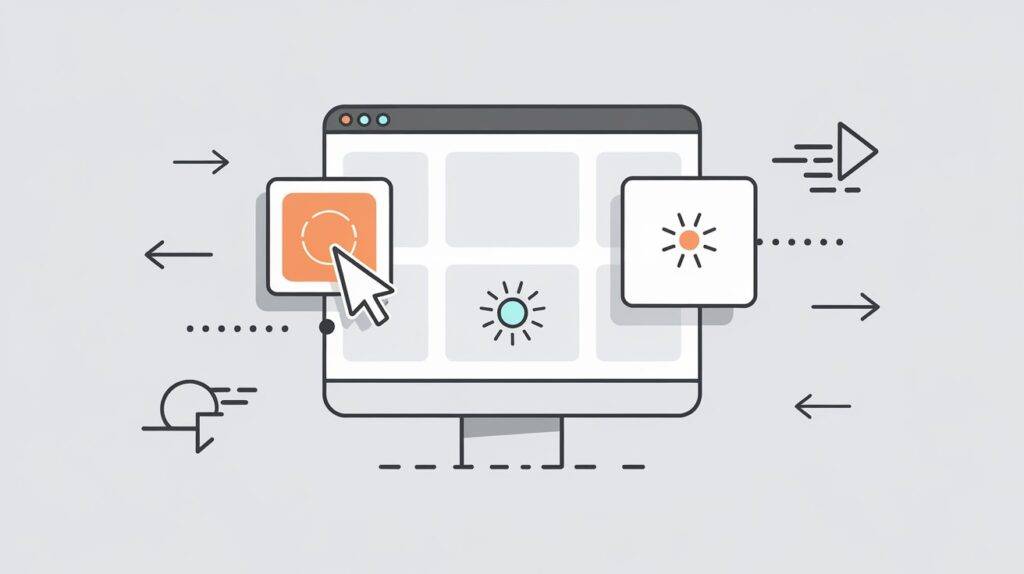
Why It Matters: Micro-interactions guide users, offer instant feedback, and make a website feel dynamic and engaging. It’s the difference between a static browsing experience and an interactive journey, drawing users in and encouraging them to stay.
4. Voice-Activated Interfaces
As smart speakers and virtual assistants become a bigger part of everyday life, voice-activated interfaces are starting to make their way onto websites. Voice-activated search and navigation options cater to users who prefer hands-free browsing and also enhance accessibility for those with disabilities.
Examples of Voice-Activated Interfaces:
- Voice Search on E-commerce Sites: Some e-commerce websites, like Walmart, are exploring voice-activated search capabilities to improve accessibility.
- Hands-Free Navigation: Voice-enabled browsing is being integrated into digital assistants like Google Assistant to make content more accessible.
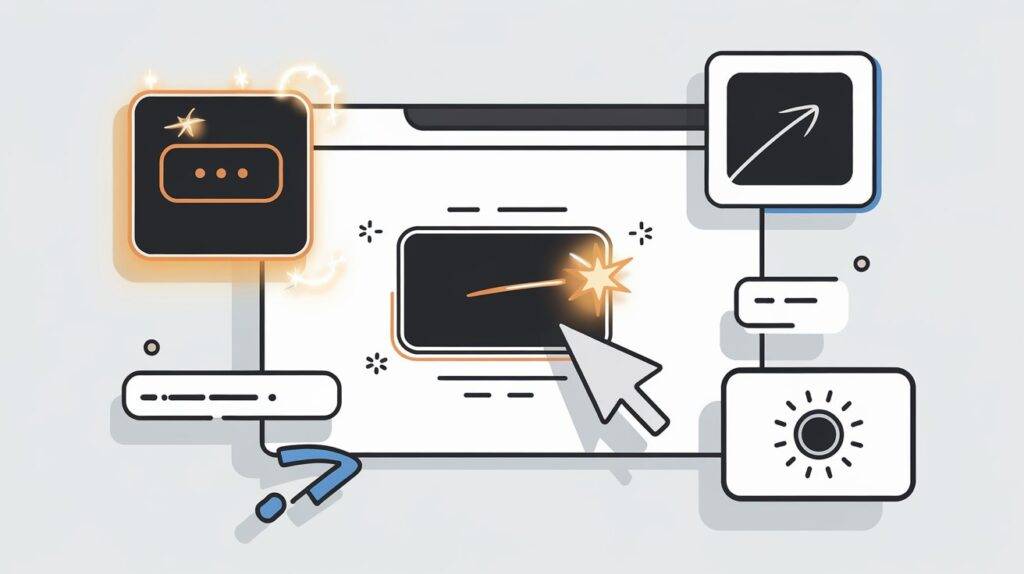
Why It Matters: Voice-activated interfaces make browsing more accessible and user-friendly. As this trend grows, websites that incorporate voice navigation will stand out by providing a futuristic, convenient experience that goes beyond traditional clicks and taps.
5. Minimalist and Content-Centric Layouts
Minimalism in web design has been around for years, but 2024 takes it a step further with content-centric layouts that focus on delivering information in a clear, uncluttered way. This trend embraces ample whitespace, simple color schemes, and grid-based layouts to keep users focused on the content without distractions.
Examples of Minimalist Layouts:
- Generous Whitespace: Sites like Apple use ample whitespace to make content easy to read and visually appealing.
- Grid-Based Designs: Websites like Pinterest employ grid layouts that make information organized and easy to navigate.
- Simplified Navigation: Basecamp is a great example of minimal navigation that focuses on usability and simplicity.
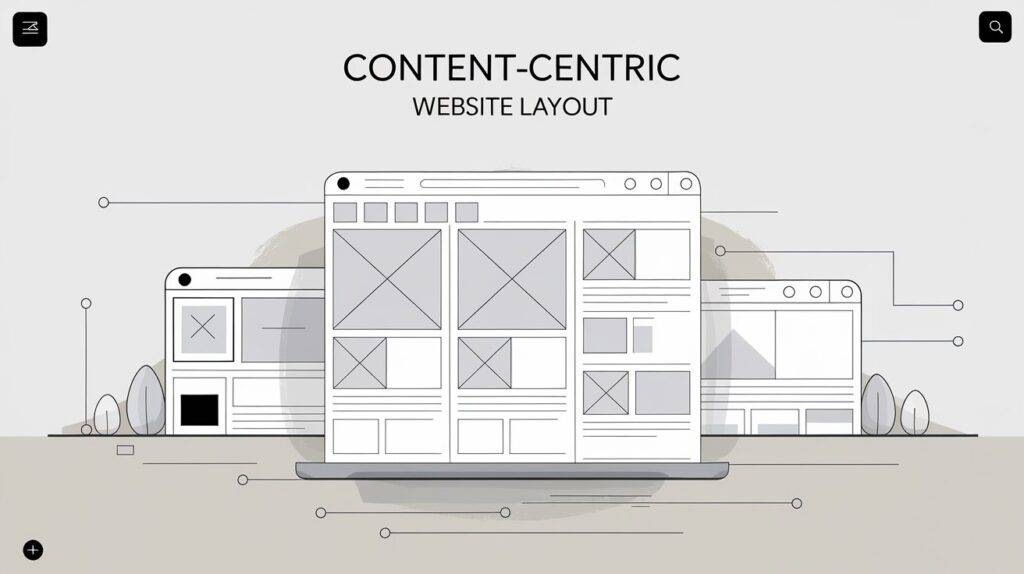
Why It Matters: Minimalist and content-centric layouts prioritize user experience by creating a streamlined, clutter-free environment. For businesses, this approach not only looks sophisticated but can also improve engagement, as users are less likely to get overwhelmed and leave the site.
Conclusion:-
Web design in 2024 is all about enhancing the user experience through thoughtful, innovative choices. From AI-driven personalization to minimalist layouts that emphasize content, each trend is reshaping how websites function and feel. By embracing these trends, you’ll ensure your website stays relevant, attractive, and user-friendly.
Which of these trends are you most excited to implement on your own website? Let us know in the comments below, and stay tuned for more insights into the future of web design!

